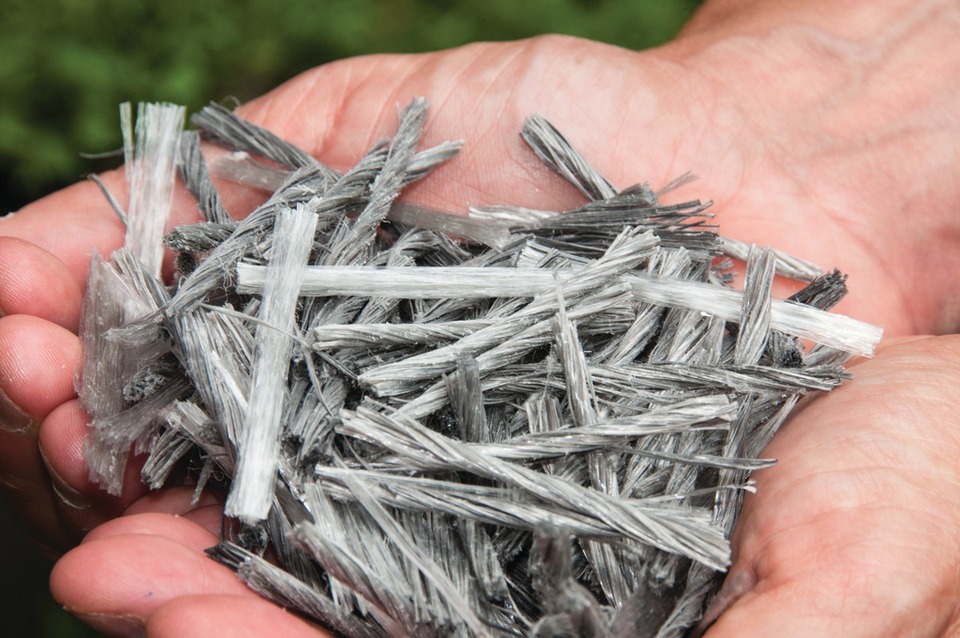
Air-Entraining Admixtures
Air-entrained concrete contains billions of microscopic air cells per cubic foot. These air pockets relieve internal pressure on the concrete by providing tiny chambers for water to expand into when it freezes. The bubbles are introduced into the concrete by adding an air entraining agent to the mix. The air bubbles are created while mixing the plastic (flowable, not hardened) concrete, and most of them survive to be part of the hardened concrete. The primary purpose of air entrainment is to increase the durability of the hardened concrete, especially in climates subject to extreme freeze-thaw cycles. The secondary purpose is to increase workability of the concrete while in a plastic state.
Water-Reducing Admixtures
Water-reducing admixtures provide a more plastic and flowable concrete, greater uniformity, increased durability, and reduced shrinkage and permeability in your concrete. Water reducers come as Low-Range, Mid- Range, and High-Range Superplasticizers. There are enough different admixtures available that it is possible to select one that meets the need of a particular project, whether tall columns that need a mix that pumps easily, or an easy-to-finish durable floor slab. In general, they provide the required slump with less water in the mix and may provide higher strength concrete without increasing the amount of cement.
Retarders
The use of a retarder extends the setting time of concrete allowing time for proper placement and finishing without cold joints.
Hardening & Set Accelerators
A Hardening Accelerator can provide very high early strengths. Set Accelerators, both chloride and non-chloride, are used to decrease the set time of concrete.
Fly Ash
Fly Ash is an industrial byproduct of coal burning power plants and is a valuable additive that makes concrete stronger, more durable, and easier to work with. Fly ash aids the formation of cementitious compounds to enhance the strength, impermeability, and durability of concrete. It reduces bleeding and segregation in early concrete. In hardened concrete, it increases ultimate strength, reduces drying shrinkage and permeability, lowers heat of hydration, and reduces creep.
Slag
Slag is a hydraulic cement formed when granulated blast furnace slag (GGBFS) is ground to suitable fineness and is used to replace a portion of Portland cement. It is a recovered industrial by-product of an iron blast furnace. The use of slag cement in concrete has demonstrated long-term performance enhancements, allowing designers to reduce the environmental footprint of concrete while ensuring improved performance and increased durability.
Micro Silica
Micro Silica (condensed silica fume) can be used to meet high-strength and low-permeability requirements. Benefits include reduced permeability, increased compressive and flexural strengths, and increased durability. Silica fume can be used in concrete to produce very high compressive psi strengths under jobsite conditions.

Macro-synthetic fibers can be used in various ready-mix, precast, and shotcrete applications, imparting enhanced residual tensile strength, ductility, and durability to the concrete system. They limit and control plastic and drying shrinkage cracking while offering full or partial replacement of conventional steel reinforcement in most applications.
Fiber Blends and Steel Fibers can be used in a variety of applications, improving the mechanical properties of concrete and offering an alternative to welded wire fabric.
Call us for additional information concerning specialty fibers for your project.
